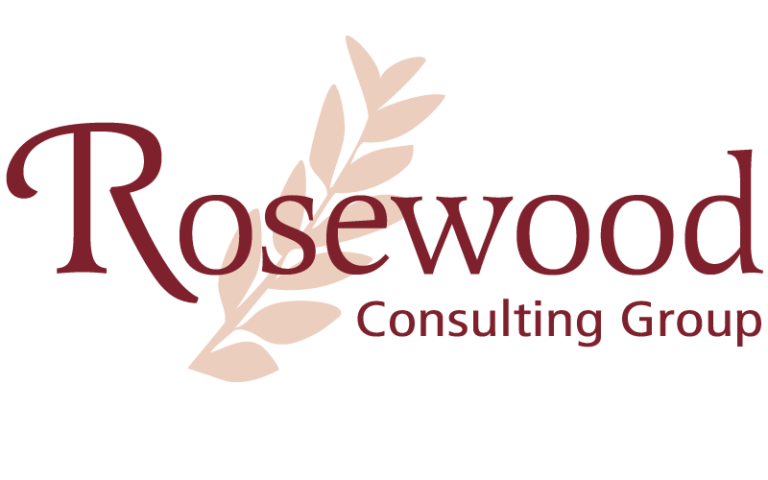
The ability to achieve successful cross-generational interactions in the workplace is often intertwined with an organization’s leadership culture and values. When young professionals are queried about the type of leadership that successfully motivates their productivity, responses mirror what we have come to know as effective leadership values and competencies: high emotional intelligence: empowerment versus micro-management; trust; offering challenging work. Leaders who model best practices are more open to learning how their team wants to be led, more transparent in how they share information and better able to create effective communication strategies. Open dialogue leads to solution.
There is a lot written in the business press about the challenges seasoned employees and in particular, Baby Boomers face in working with and managing GenXers and Millennials. Often, the conversation focuses on work ethic and issues of entitlement. And yet, organizations that embody best leadership practices are able to attract a diverse workforce, and I hear few complaints about their younger employees’ work ethic and engagement. Certainly, this can be particularly true in entrepreneurial organizations and start-ups, where young employees work long hours to achieve results and grow their organizations. These companies tend to be less hierarchical and rewards are predicated upon effort and accomplishment rather than position and tenure. It is in precisely this kind of environment that Millennials thrive.
Generational diversity is simply one more dimension of overall diversity that can be leveraged, if an organization thinks about it in that way. Why not focus on what each generation contributes to workplace effectiveness and harness it? Millennials, who grew up mastering ever-changing technological advances, are adept navigators of technology and the social media landscape. I seek out mentors in this group to help me become a savvier social networker. And, I recommend to friends and colleagues in my age cohort that they do the same. These young workers are also natural skeptics so they dig deeper to justify approaches and can help you sell or deliver your product more effectively because they can anticipate potential objections.

Another best leadership practice involves creating a culture of ongoing direct and honest feedback. Let’s face it, if everyone in the organization provided robust, constructive feedback and coaching on a regular basis, performance management would be much easier and more effective. GenXers, and particularly Millennials want to receive feedback, and are not afraid to give it. They will honestly tell you what they are thinking, are open to dialogue and debate, and unafraid to share feedback with and challenge more senior leaders. Cultures that embrace the feedback loop reach better decisions and in some cases, can avoid strategic directions that are apt to fail. Imagine if the leadership culture at Penn State had fostered, rather than suppressed, honest feedback and difficult conversations. When teams are afraid to disagree with each other or their leaders, it’s harder to generate the multiple viewpoints that lead to optimal decisions.
Leaders who demonstrate emotional intelligence and embed it in the organizational culture, see an increase in employee empowerment and engagement. Millennials are most motivated when they are trusted to achieve their goals, included in at least some of the decision-making, stretched so that they grow and develop, and are supported by their leaders, peers and colleagues. Who wouldn’t desire an environment that mirrors these characteristics? And who wouldn’t thrive in one as well?

Organizational leaders often fear that the work involved in developing best leadership practices is costly and time consuming. Given that an Amazon.com search on “leadership” results in 90,000 entries, and “best leadership practices” nets nearly 2,000, it continues to be a hot topic. Research by Ken Blanchard, a well-regarded leadership expert, shows that the average organization forfeits in excess of $ 1 million annually in untapped potential because of less-than-optimal leadership practices.
How can organizations invest wisely in developing best practices? First, identify your best leaders. How are they engaging and motivating their staff? In many cases, you will find that they demonstrate emotional intelligence, share decision-making, and give their teams challenging work that is aligned with their strengths. Feedback is encouraged and heard, even if it’s not ultimately incorporated.
Encourage these talented leaders to share their competencies and practices with others, and find mechanisms for them to do so, particularly their strategies for fostering good communication. Ineffective or dysfunctional communication is frequently at the heart of many conflicts and challenges. Millennials and GenXers (as well as many Boomers I know, myself included) prefer open, direct and honest dialogue, and this results in more effective overall communication. Another way to leverage leadership experts is to create opportunities for them to mentor other leaders, either one-on-one or in circles.

You might also consider ways to connect the expertise that tech-savvy Millennials have with Boomers who need it. When employees learn from one another, they tend to build better relationships and, in turn, communicate more effectively.
When organizational culture aligns with best leadership practices, communication improves and intergenerational tension is minimized. Organizations that commit to embedding leadership excellence are able to reap benefits beyond simply creating intergenerational harmony among their employees.
LESLEY MALLOW WENDELL is president of Rosewood Consulting Group, which provides executive coaching, leadership development and organizational consulting to private sector and nonprofit organizations. She chairs the Philadelphia chapter for the Women Presidents’ Organization and has been a Forum member since 1996. She can be reached at Lesley@rosewoodconsultinggroup.com.
This article originally appeared in the Philadelphia Business Journal on Sep 7, 2012. Source: https://www.bizjournals.com/philadelphia/print-edition/2012/09/07/communicating-across-generations-how.html
AUG
2018
